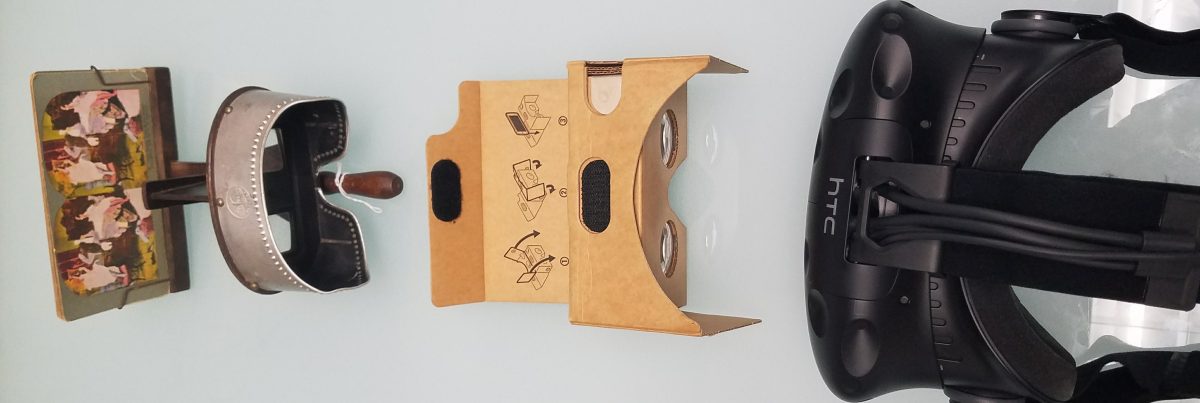Everyday we all make choices and whether we know it those choices impact everybody around us; one of the most valuable lessons to learn in life is your actions have consequences. In Victor’s Anatomy students will be immersed in a VR game where they will have to make empathetic or nonempathetic choices. When the game begins Nurse Amber is finishing her shift at the labor and delivery unit of a hospital and packing her things to leave. Heading out to her car she is stopped by a man who beings to ask her questions of life and creation, suddenly everything goes black and Amber wakes in a laboratory with the man. He reveals to her that he is Dr. Frankenstein and he wishes to create new life. He tells her she must use her abilities as a nurse to help him or she will die. Then the game transfers to the students control where they must try to help create this monster but prevent it from turning evil like its creator.
I was inspired by both Greys Anatomy and Frankenstein in this concept for I want students to also get a better understanding of human anatomy while learning about empathy. These will both be measured by questions about empathy and anatomy before and after the game is played. To follow up questions after the game students will be asked to write a personal refection to observe how it possible affected them in their personal lives. If time permits, I would also like to do a follow up refection a month later to see if their views on life or empathy have changed. It can be used in classrooms for students ages 15-24.
This game is to be submitted to be part of Teaching Tolerance, an organization for teachers dedicated to teaching students about bullying, acceptance and tolerance. They allow teachers to build learning plans for teaching students about empathy and this game could act as an addition to that.
Citations:
“Showing Empathy.” Teaching Tolerance, www.tolerance.org/classroom-resources/tolerance-lessons/showing-empathy.
